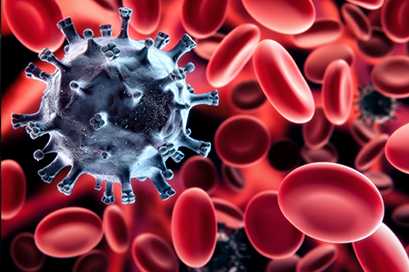Program Description
Occupational immune and dermal diseases are some of the most common illnesses that affect workers in the United States. The Immune, Infectious, and Dermal Disease Prevention (IID) Program conducts basic/etiologic research to better understand the impact of occupational exposures to chemical, biological, or infectious agents. New occupational hazards continue to emerge and require characterization to better understand the nature and magnitude of their effects on the body. Therefore it is critical that we understand the biological mechanisms that cause or worsen immune mediated and dermal diseases. Specific understanding of mechanism allows occupational safety and health professionals to develop appropriate intervention and prevention strategies.

IID maximizes resources by using modeling to prioritize chemicals to research, rather than investigating all potentially hazardous chemicals. The program also conducts research to:
- Better understand the impact of occupational exposures on the immune system.
- Identify occupational allergens that cause disease in workers in the industries with the highest burden.
-
Raise awareness of materials that can cause skin injury and develop strategies to prevent exposure.
- Prevent airborne exposures that can transmit infectious diseases.
Surveillance helps with hazard identification, exposure assessment, and risk characterization of chemicals absorbed through the skin that lead to immune or systemic toxicity (e.g. damage to internal organs).
IID also works to share its research findings with other researchers, employers, workers, and others interested in occupational safety and health. Skin Notations (SK), hazard warnings used worldwide, alert workers and employers to the health risks of skin exposures to workplace chemicals. Collaborations with NIOSH Sector Programs, contributions to field investigations, and publications and presentations of research findings also contribute to increased awareness.
- Page last reviewed: August 22, 2013
- Page last updated: December 5, 2016
- Content source:
- National Institute for Occupational Safety and Health Office of the Director


 ShareCompartir
ShareCompartir